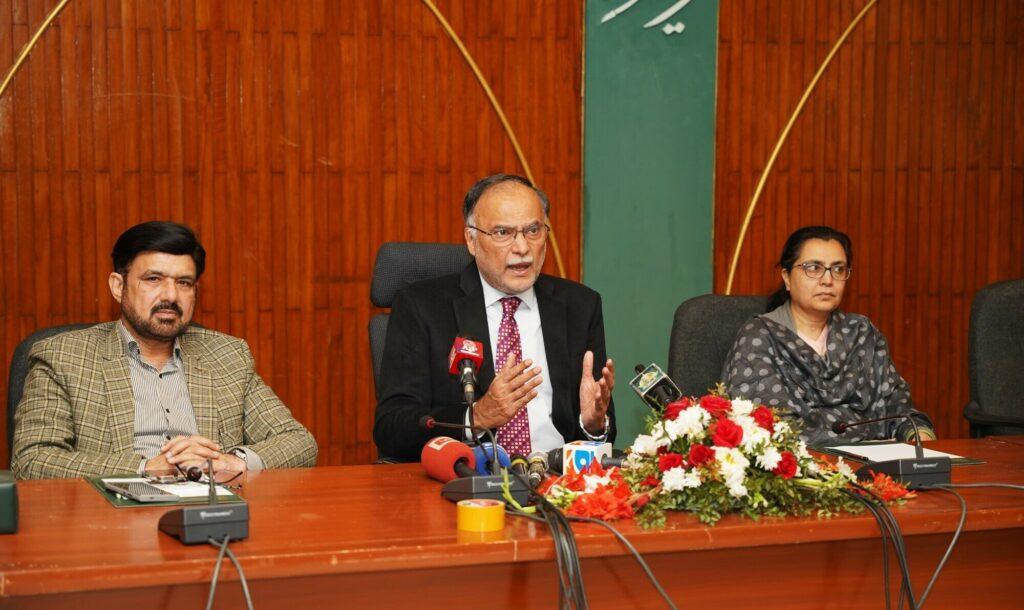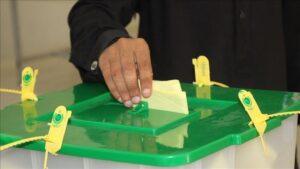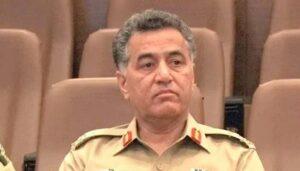Planning Minister Ahsan Iqbal on Friday outlined the government’s ambitious economic initiative, “Uraan Pakistan”, which aims to transform the country into a $3 trillion economy by 2047.
Addressing a press conference in Islamabad, Iqbal emphasized that the five-year plan was designed to avoid the pitfalls of previous initiatives, such as Vision 2010 and Vision 2025, which failed due to political instability and policy discontinuity.
The plan, which he called “national engagement”, seeks to overcome socio-economic challenges, unlock Pakistan’s potential and foster sustainable growth.
Ahsan stated that unlike previous frameworks, Uraan Pakistan is insulated from political disruptions through a robust implementation mechanism and collaborative approach involving all provinces, ministries and sectors.
He highlighted that the initiative focuses on policy continuity, stakeholder inclusion and measurable results, ensuring that various stakeholders, including academia, industry, civil society and international partners, participate to ensure inclusion and coherence.
Ahsan also emphasized that the economic plan would take advantage of Pakistan’s “youth dividend”, with 65% of the population under 30 years of age.
He noted that this demographic advantage, if enhanced through education, skills development and digital initiatives, would drive the country’s economic transformation.
Inspired by the successes of countries such as Malaysia, Türkiye and South Korea, he highlighted that empowering youth is key to unlocking Pakistan’s full potential.
The minister also provided details on the financing strategy for Uraan Pakistan, emphasizing the role of public-private partnerships (PPPs) in reducing fiscal burdens and mobilizing resources for large-scale infrastructure projects. He mentioned that the government would explore innovative financing models, including international development funds and private sector investments, while strengthening Pakistan’s tax system to improve revenue generation.
Ahsan reaffirmed the importance of the China-Pakistan Economic Corridor (CPEC) in the implementation of Uran Pakistan, noting that energy and transportation projects under the CPEC are being expanded to support industrial growth and improve access to key markets in Central Asia, Middle East, and Africa.
He described CPEC as a “game changer” that integrates Pakistan into global value chains, positioning the country as a regional economic hub.
At the core of Uraan Pakistan’s strategy is the 5E framework: Export, E-Pakistan, Environment and Climate Change, Energy and Infrastructure, and Equity, Ethics and Empowerment.
The plan targets $60 billion in annual exports, focusing on key sectors such as IT, manufacturing, agriculture, creative industries, labor and minerals.
By rebranding ‘Made in Pakistan’ as a global quality standard, the initiative aims to stabilize the rupee, reduce dependence on imports and drive sustained growth.
In the digital sphere, Uraan Pakistan aims to create a digitally empowered economy, with goals such as expanding the ICT freelance industry to $5 billion, producing 200,000 IT graduates annually, and promoting artificial intelligence (AI) and cybersecurity capabilities.
Environmental sustainability is another key priority, with measurable goals such as reducing greenhouse gas emissions by 50%, expanding arable land by 20.3 million acres, and increasing water storage capacity by 10 million acres. foot.
On the energy front, the initiative will focus on the transition to renewable energy, expanding rail freight transport and improving regional connectivity for trade.
Social inclusion is also an important component of the plan, with goals of improving literacy rates by 10%, increasing female labor force participation by 17% and reducing youth unemployment to 6%.
To ensure effective implementation and accountability, Ahsan mentioned the establishment of the National Economic Transformation Unit (NETU), which will use a results-based management system to monitor progress and track key performance indicators.
NETU will recalibrate strategies as necessary and engage stakeholders throughout the process. Ahsan also highlighted the creation of Pakistan Centennial Laboratory 2047, a center for innovation and collaboration.
He called on the private sector to invest in innovation and growth, the academic world to promote research and promotion, and the media to amplify the message of the initiative. He emphasized that the success of Uraan Pakistan depends on the collective efforts of all sections of the society, both nationally and internationally.




